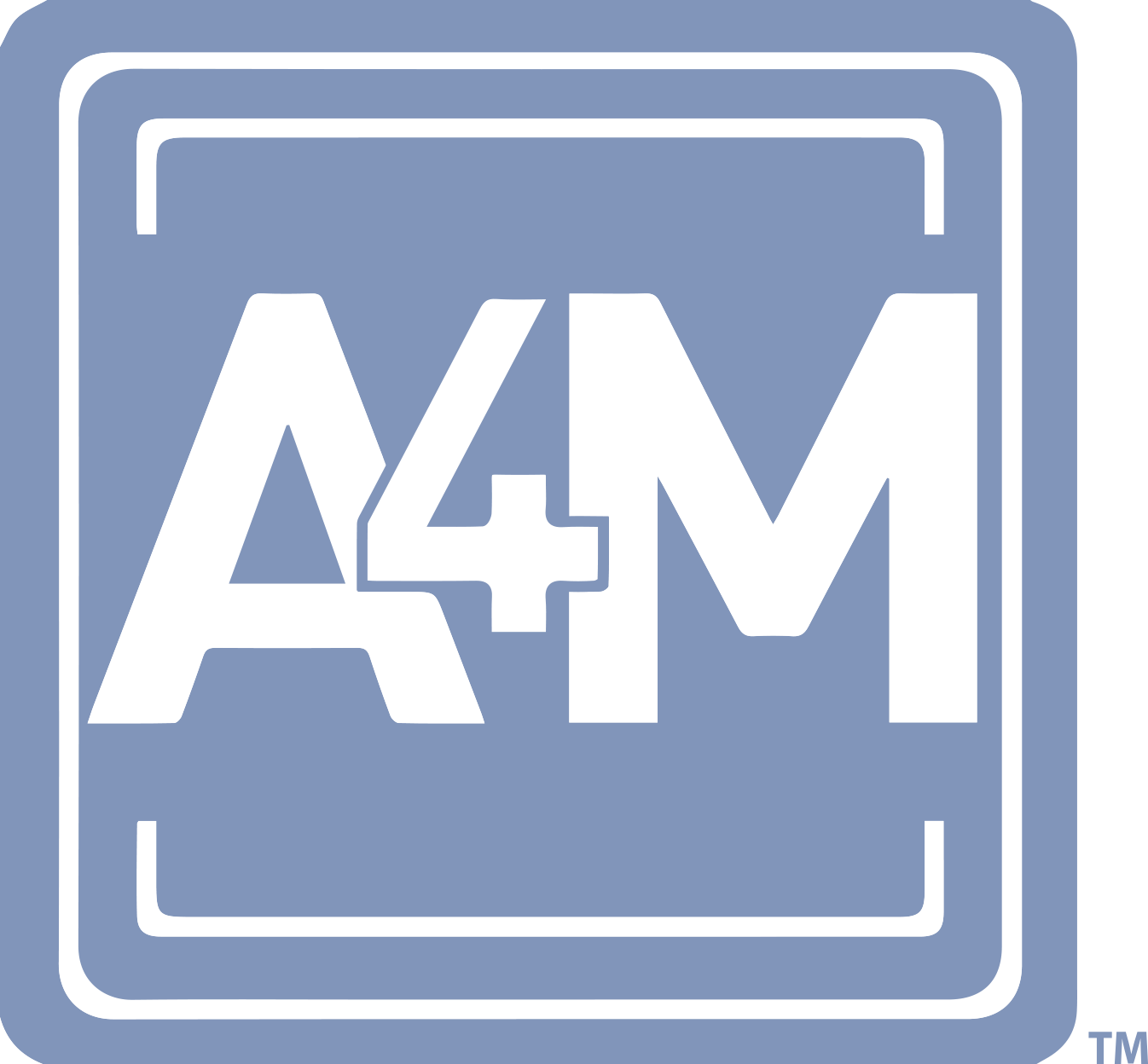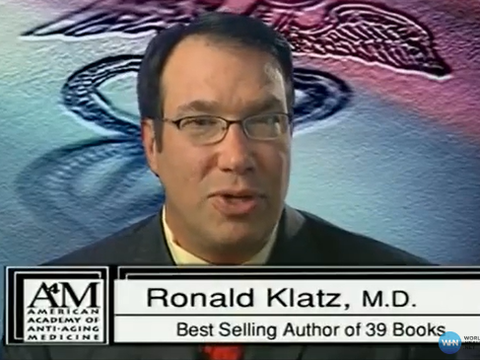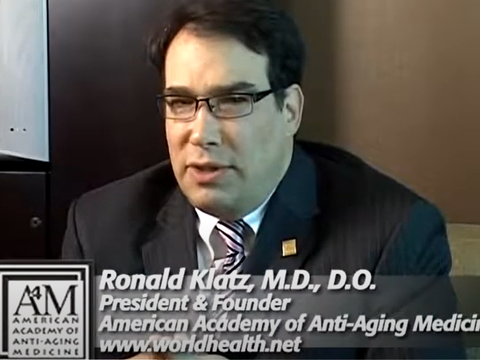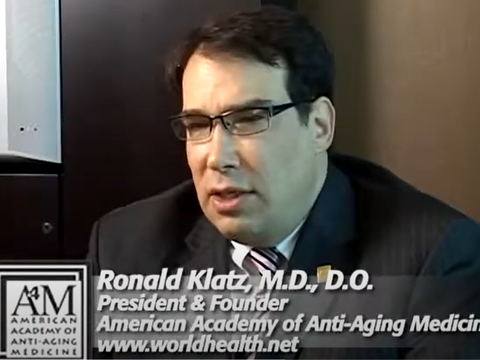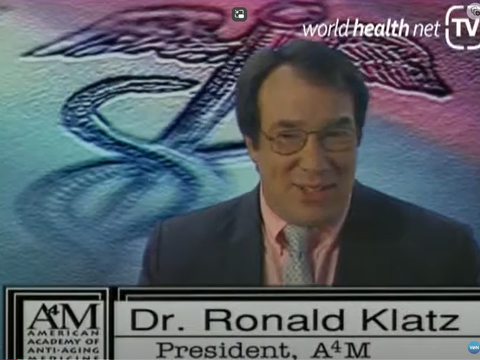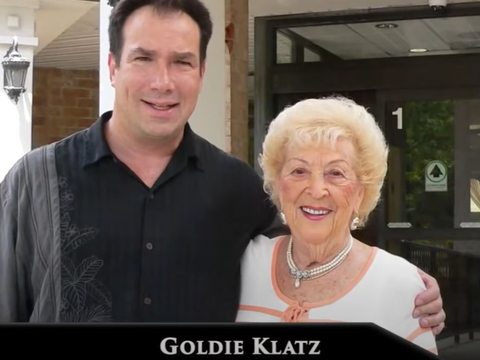Therapeutic Cooling Effective Treatment for Sudden Cardiac Arrest
12 years, 5 months ago
7766
0
Posted on Nov 08, 2011, 6 a.m.
Sudden cardiac arrest is the leading cause of death in the United States, and a new Mayo Clinic (US) study suggests that hypothermia — forced cooling — of the patient may help to suppress harmful chemical reactions in the brain and sustain cell health.
Sudden cardiac arrest is the leading cause of death in the United States, and just 7% of victims survive that initial collapse. A Mayo Clinic (Minnesota, USA) study provides guidance to physicians using therapeutic cooling to treat sudden cardiac arrest patients. One relatively new approach to prevent or reduce brain damage involves the use of hypothermia — forced cooling — of the patient as soon as possible following sudden cardiac arrest. The aim is to slow the body's metabolism and reduce the cascade of undesirable events that can cause permanent brain damage. It is believed that mild therapeutic hypothermia suppresses harmful chemical reactions in the brain and preserves cell health. Alejandro Rabinstein and colleagues found that 64% percent of patients treated with induced hypothermia survived sudden cardiac arrest, whereas just 24% of patients not treated with hypothermia survived. While a concern about the use of hypothermia for cardiac arrest patients is that it might delay a patient's post-event awakening, the team found that both those who were and were not treated with therapeutic hypothermia awoke an average of two days post-collapse, with 91% of hypothermic patients and 79% of non-hypothermic patients awaking within three days following their collapse.
Jennifer E. Fugate, Eelco F.M. Wijdicks, Roger D. White, Alejandro A. Rabinstein. “Does therapeutic hypothermia affect time to awakening in cardiac arrest survivors?” Neurology, October 4, 2011; 77:1346-1350.

